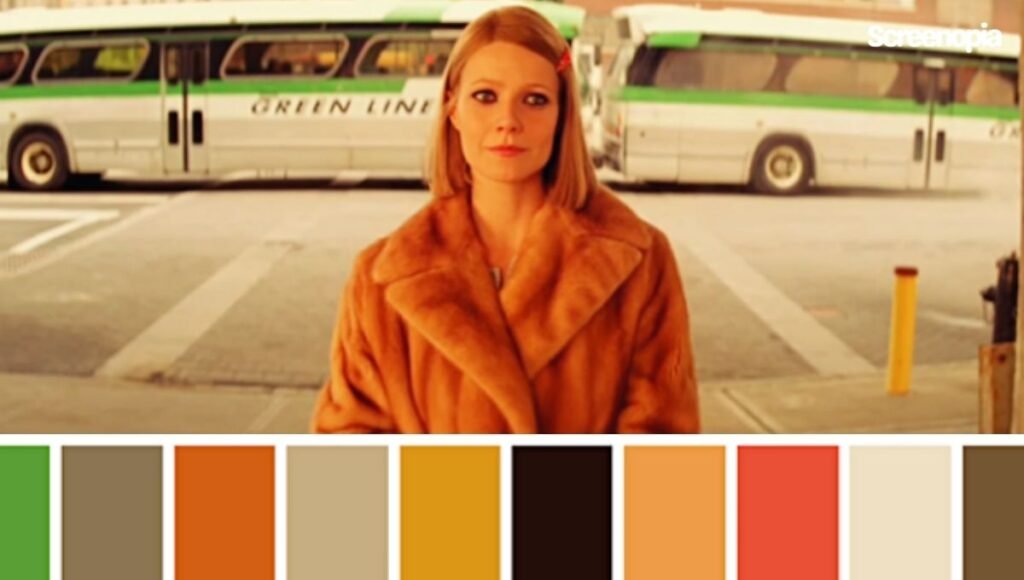When we watch a movie, we often notice the actors, the story, or the music. But there’s something else quietly shaping how we feel, color.
Filmmakers use color to create mood, tell stories, and guide our emotions without saying a single word.
Let’s explore how colors in film work and why certain shades evoke specific emotions, often without us even realizing it.
- Red Means Power, Passion, and Danger
Red is a bold color. It grabs your attention. In films, red often shows up during intense moments. It can mean love, anger, or even violence.
Think about the red coat in Schindler’s List. Everything in the movie is black and white, except that red coat. It becomes a powerful symbol of innocence in a world marked by tragedy. In action films, red can signal chaos and energy. In romantic scenes, it can spark desire or passion.
- Blue Brings Calm, Sadness, or Coldness
Blue is often linked to sadness, but it can also feel peaceful or distant. Many directors use blue tones to create a calm or serious mood.
In Moonlight, the cool blue lighting adds emotional depth, making the viewer feel the quiet struggle of the main character. On the other hand, in science fiction films, blue often makes things feel cold, robotic, or futuristic.
- Yellow Adds Warmth or Warning
Yellow is bright and attention-grabbing. It can show happiness, sunshine, or childlike joy, but too much yellow can also feel strange or even unsettling.
In Kill Bill, Uma Thurman’s yellow jumpsuit becomes an iconic symbol of power and revenge. But in psychological thrillers, yellow can also make a character or scene feel “off,” like something isn’t quite right.
- Green Shows Nature, Jealousy, or Mystery
Green is the color of life and growth, but in movies, it’s also linked to envy, magic, or otherworldliness.
In The Matrix, the green tint gives the film a strange, coded, digital feel. In contrast, a film like The Secret Garden uses green to show healing and connection to nature. Same color, different message.
- Black and White Still Say So Much
Even without color, films can speak loudly. Black and white movies often feel timeless or emotional. They remove the distraction of color, making us focus more on the characters and story.
Some modern films like The Artist or Roma use black and white to take us back in time or to give a dream-like, emotional feeling.
In Joker (2019), colors show us Arthur Fleck’s change into the Joker. At the start, the movie uses dull colors like gray and green to reflect his sad and lonely life. As he becomes the Joker, the colors turn brighter and louder, specially the red, yellow, and green of his costume. These strong colors stand out against the dark city and show the chaos and confidence growing inside him.
The shift in colors helps us feel his journey from a broken man to the Joker.
How Colors in Film Shape Our Experience as Viewers
As viewers, we may not analyze why a certain scene resonates with us, but our brains still respond. Just as music pulls at our emotions, color influences us on a subconscious level.
A warm palette invites us in and encourages empathy. A cold, desaturated one pushes us away, making us observe instead of connect. When used skillfully, colors in film control not only how we see the story but how we feel about it.
Why Understanding Colors in Film Enhances Our Viewing
Next time you watch a movie, pay attention to the dominant hues. Did the colors shift as the story changed? Did a sudden splash of red heighten tension? Did softer pastels make the ending feel light and hopeful?
The more you pay attention to colors in film, the greater your appreciation for storytelling becomes. Colors are not just there to make a movie visually striking; they act as an emotional guide, leading us through the narrative without words and creating a deeper, more powerful viewing experience.
Filmmakers don’t just randomly choose a color. Every color choice, clothes, lights, walls, and even the sky, help tell the story.
When we see certain colors, our brains react almost instantly. We feel emotions, even if we don’t know why. That’s why color is such a powerful tool in cinema. It shapes the mood, supports the story, and connects us to the characters in quiet, meaningful ways.
Final Thoughts
Movies speak with more than actors’ voices. They speak with visuals that tap into universal feelings, and colors in film are one of the most powerful tools of all. Whether bold and vivid or muted and restrained, color works as a silent storyteller, shaping our experience from beginning to end.
The next time you find yourself swept away by a scene, look closer. Chances are, the colors are shaping your emotions in ways you never realized.



